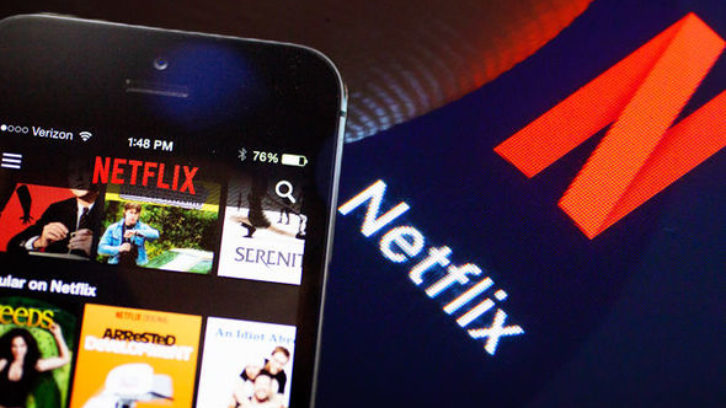Gap Between OTT and Traditional Pay-TV Services Continues to Grow
Four fifths of broadband homes subscribe to at least one OTT service, according to Parks Associates

DALLAS—The gap between the popularity of OTT services and pay TV services in broadband homes continues to grow, with 82% of US broadband households subscribing to at least one OTT service, a six point bounce in one year, while 58% subscribe to a traditional pay-TV service, a decline of four points in the last year, according to new data from Parks Associates.
The research firm also reports that some of the gap between streaming and pay TV services has been taken up by vMVPDs like Sling TV. About 25% of US broadband households now subscribe to a TV service offering a bundle of live channels via an online provider, including 13% who have both traditional and online pay-TV services.
Adoption of vMVPDs, online pay-TV services that offer bundles of live channels accessible via third-party connected devices, increased four percentage points to 18% in Q1 2021. As Cord-Cutters or Cord-Nevers look for a more live/linear video viewing experience online, vMVPD service uptake has picked up, Parks reported.
"The steady rise in online pay-TV adoption has made up for some of the significant drops in traditional pay TV," said Steve Nason, research director, Parks Associates. "Video consumers are looking to online pay-TV services, either from a traditional provider or vMVPD, to offer a similar viewing experience and content offering to traditional pay TV but at a lower price point. However, online pay-TV providers, who don't typically generate content on their own, have had trouble stabilizing subscriber costs as content fees continue to rise."
Nason added that “moving forward, consumer preferences will continue to shift online as video viewers perceive these services to be less costly, more convenient, and more aligned with how they want to consume video programming."
The professional video industry's #1 source for news, trends and product and tech information. Sign up below.
George Winslow is the senior content producer for TV Tech. He has written about the television, media and technology industries for nearly 30 years for such publications as Broadcasting & Cable, Multichannel News and TV Tech. Over the years, he has edited a number of magazines, including Multichannel News International and World Screen, and moderated panels at such major industry events as NAB and MIP TV. He has published two books and dozens of encyclopedia articles on such subjects as the media, New York City history and economics.


